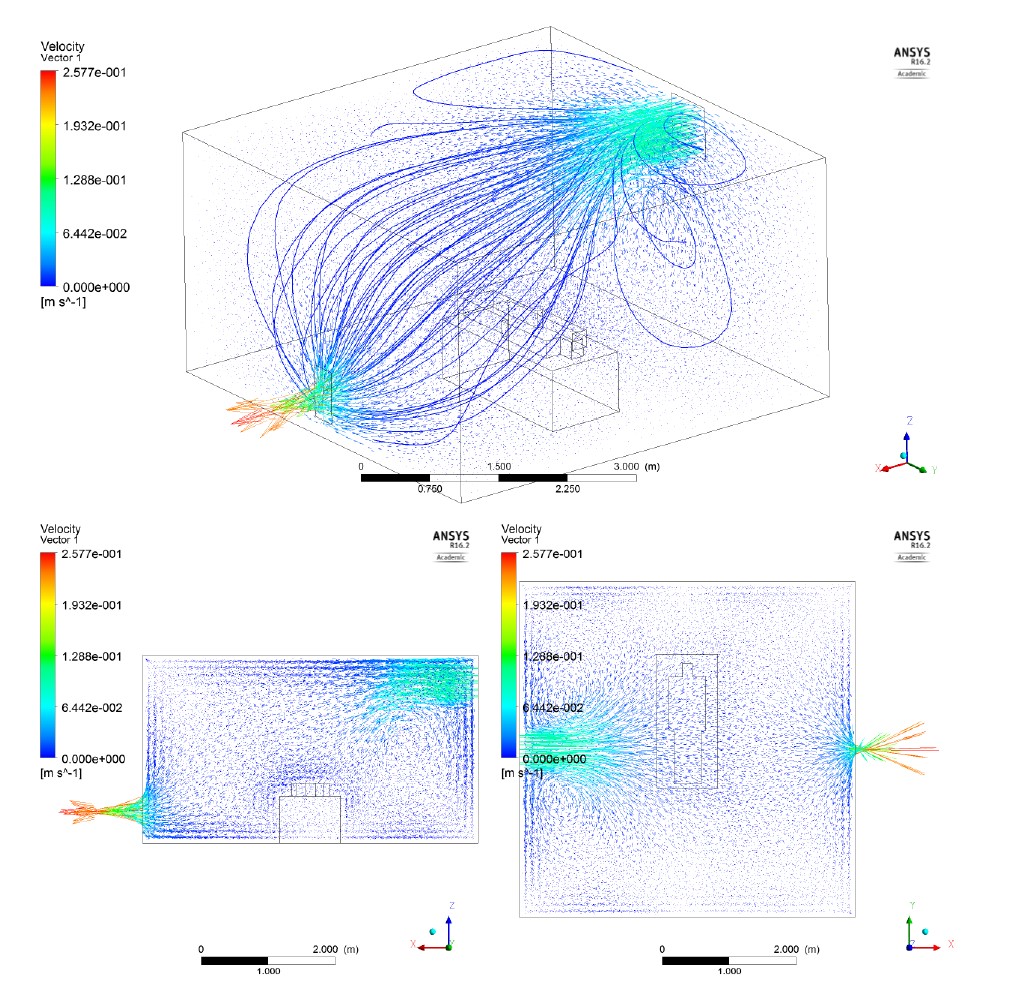Infection reduction in hospitals using computational fluid dynamics
Preventing airborne infections during a surgery has been always an important issue to deliver effective and high quality medical care to the patient. In intensive care units (ICU) due to their nature of undertakings and procedures, have a prevalent and unavoidable concentration of microorganisms which have the propensity to be transferred to patients. One of the important sources of infection are particles that are distributed through airborne routes. Factors influencing infection rates caused by airborne particles, among others, are efficient ventilation and the arrangement of surgical facilities inside the operating room.
Objectives
The aim of this research is to investigate the contaminated air flow pattern in operating rooms and intensive care units with regard to the settings of the ventilation systems and equipment placements. Influence of opening doors during surgery under different configurations such as inlet velocities, outlet pressure and also the placement of equipment are studied to find out under which conditions ventilation would be efficient and the infection rate could be reduced.

